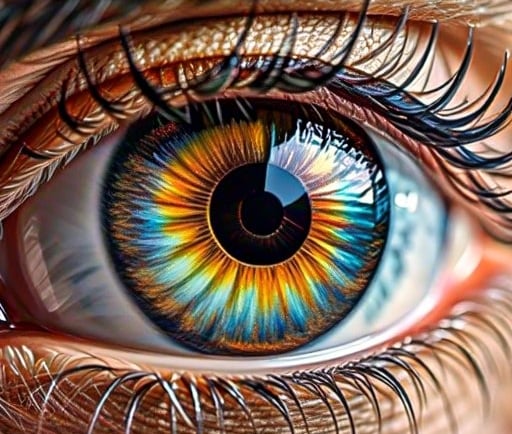Understanding Cataracts: Causes, Symptoms, Treatment, and Prevention
HEALTH


The Basics of Cataracts: Understanding the Clouding of the Eye Lens
When it comes to eye health, there are various conditions that can affect our vision. One such condition is cataracts, a common eye problem that often develops as we age. Cataracts occur when the lens of the eye becomes cloudy, leading to blurry vision and other visual disturbances. In this article, we will take a quick dive into the world of cataracts, providing you with informative and educational insights about this intriguing topic.
Causes and Risk Factors: What Puts You at Risk?
Before delving into the details of cataracts, it is important to understand the causes and risk factors associated with this condition. While age is the primary factor that increases the risk of developing cataracts, there are other factors that can contribute to their formation. These include:
- Excessive exposure to sunlight
- Smoking
- Diabetes
- Obesity
- High blood pressure
- Prolonged use of corticosteroid medications
By being aware of these risk factors, individuals can take proactive steps to reduce their chances of developing cataracts.
Recognizing the Symptoms: When to Seek Medical Attention
While cataracts typically develop slowly over time, there are certain symptoms that can indicate the presence of this condition. Some common signs of cataracts include:
- Blurry or hazy vision
- Sensitivity to light and glare
- Difficulty seeing at night
- Colors appearing faded or yellowed
- Frequent changes in eyeglass or contact lens prescription
If you are experiencing any of these symptoms, it is important to seek medical attention from an eye care professional. They will be able to diagnose the presence of cataracts and recommend appropriate treatment options.
Treatment Options: Restoring Clarity to Your Vision
Fortunately, there are effective treatment options available for cataracts. The most common and successful treatment for cataracts is surgery. During cataract surgery, the cloudy lens is removed and replaced with an artificial lens called an intraocular lens (IOL). This procedure is typically performed on an outpatient basis and has a high success rate in improving vision.
Prior to surgery, your eye care professional will conduct a thorough examination to determine the severity of your cataracts and assess your overall eye health. They will also discuss the different types of IOLs available and help you choose the most suitable option for your needs.
It is important to note that cataract surgery is not always immediately necessary. In the early stages of cataract development, your eye doctor may recommend non-surgical approaches, such as the use of prescription eyeglasses or magnifying lenses, to help improve your vision.
Prevention: Protecting Your Eyes from Cataracts
While cataracts are a natural part of the aging process, there are steps you can take to reduce your risk and protect your eyes. Here are some preventive measures to consider:
- Wear sunglasses that offer 100% UV protection when outdoors
- Quit smoking or avoid exposure to secondhand smoke
- Maintain a healthy diet rich in fruits and vegetables
- Manage chronic health conditions, such as diabetes and high blood pressure
- Get regular eye check-ups to monitor your eye health
By incorporating these habits into your lifestyle, you can promote the health of your eyes and potentially reduce your risk of developing cataracts.
Conclusion
Cataracts are a common eye condition that can significantly impact our vision as we age. By understanding the causes, recognizing the symptoms, and exploring the available treatment options, individuals can take control of their eye health and seek appropriate care when needed. Additionally, adopting preventive measures can help reduce the risk of developing cataracts and maintain clear vision for years to come. Remember to consult with an eye care professional for personalized advice and guidance regarding your specific eye health needs.
